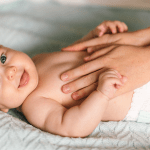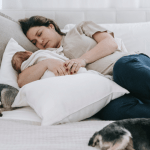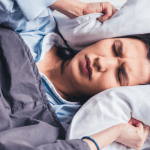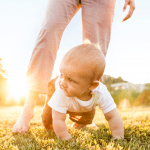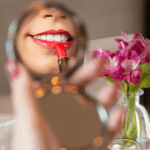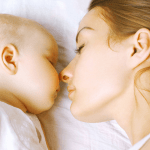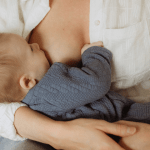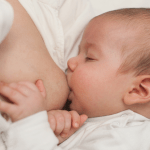3,500 babies in the United States die suddenly and unexpectedly while they’re sleeping… every year. These tragic deaths are due to sudden infant death syndrome (SIDS) or accidental deaths from suffocation or strangulation while sleeping.
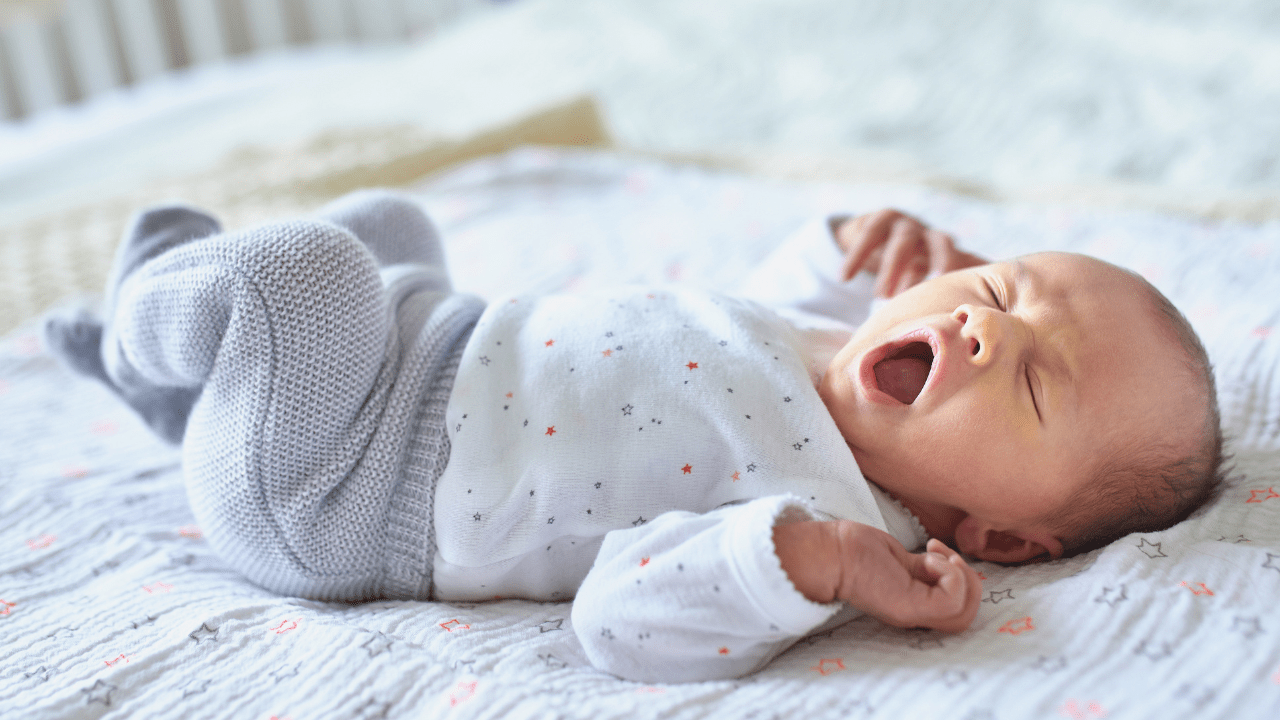
Here are some very basic points of safe sleep guidelines and should be followed together with advice from a qualified healthcare professional:
- Sleep in own space in a bassinet/cot with a firm mattress
- Don’t have excessive bedding or soft items in your babies sleep space
- Sleep baby in a safe bassinet/cot, in the parental room
- Keep the baby’s head and face uncovered
- Keep baby smoke free before and after birth
- Don’t bed share due to the risk of SUDI (Sudden unexpected Death of an Infant)
- Safe sleep environment night and day
To expand on my last point, and reducing the risk of all sleep-related infant deaths, it is important for parents to create a safe sleep environment for their baby.
This is also the foundation for encouraging healthy sleep habits. And by creating conditions that help your baby feel more comfortable and safe can help them sleep easier, whether that be a daytime nap or sleeping at bedtime.
Now, the next step is to prepare the space for your baby to sleep – it is important this space is free from distractions. This is important because it can inhibit their ability to focus on what they need to do – which is sleeping. So, if your baby will be sleeping in your room, it is important that this space is also free of distractions.
Another part of prepping your baby’s sleeping space is about darkness and the beneifts that a dark sleep space can have for your child.
Melatonin is the “sleep” hormone, and will not be released unless a baby is exposed to darkness. Melatonin helps your baby fall asleep initially and more importantly… STAY asleep.
Newborn babies are actually born with a supply of maternal melatonin at birth. But at around 5-7 weeks, this supply begins to run out – which is why crying periods tend to spike at this age.
Babies don’t start producing their own Melatonin until 8-10 weeks of age, so putting your baby to sleep in a dark space helps this sleep hormone flow.
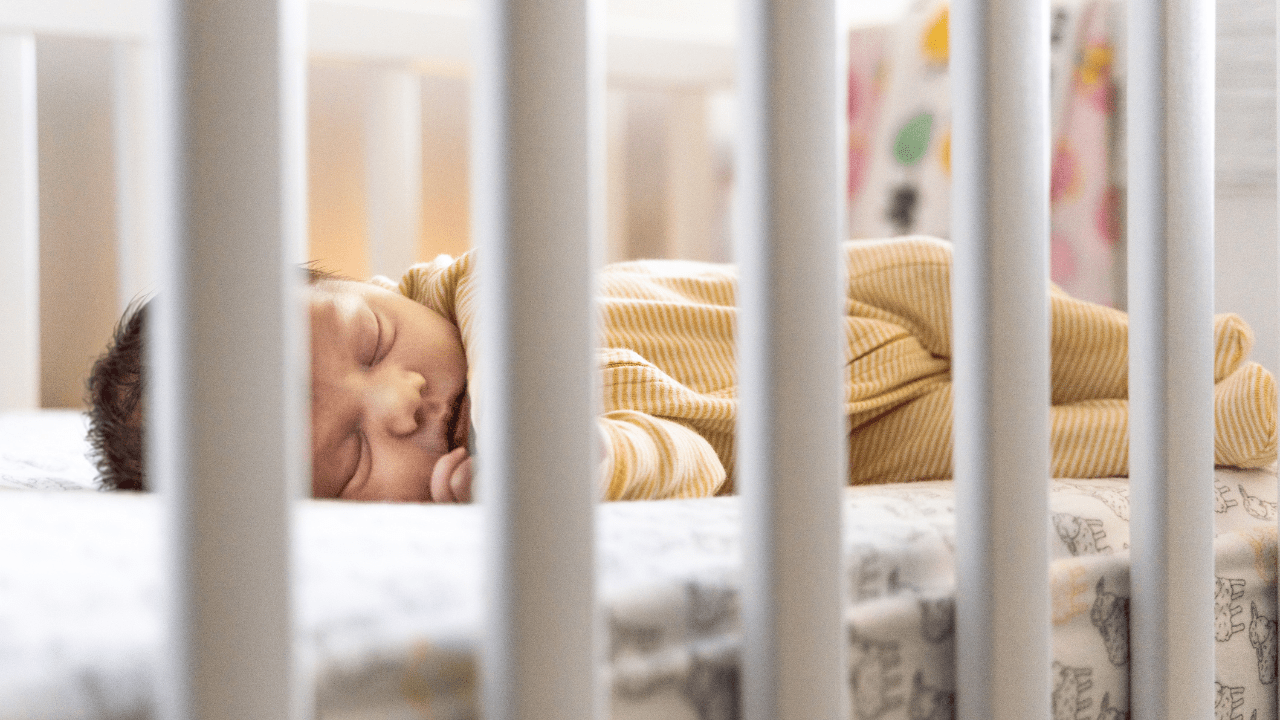
Now, when you’re preparing baby to sleep, one of the last things you should do is change their diaper. A clean and dry diaper will help the baby be more comfortable.
Also ensure we have them dressed in appropriate clothing. as per the temperature conditions. Cotton fabrics tend to be best, and it is important to make sure they are not too hot or cold, as this could keep them up.
Now your baby is ready to sleep in their positive space, so here’s what you can do as a mom to ensure they get a good sleep.
- Always place baby to sleep on their back.
This is the safest position for baby to sleep in. Even once baby can roll over, continue to always lay baby down on their back to sleep. Once they can roll to their belly on their own, it is safe for them to sleep like that. But always place on the back when putting down to sleep.
- Use a fan.
Using a fan in your baby’s sleep space has been shown to reduce the risk of SIDS by up to 72%. A ceiling fan is great if it’s available, but even a table fan can work to help encourage proper air flow.
- Try a sleepsack or swaddle.
Blankets on a baby are likely to be kicked off within minutes. However, a sleepsack isn’t going anywhere. You can also try swaddling baby before putting them down to sleep.
Following these sleep guidelines and creating a positive, safe space for baby to sleep can help provide some peace of mind during baby’s first few weeks and months. A little awareness and proactivity will go a long way in ensuring the safest sleep and sweetest dreams possible for your little one.

